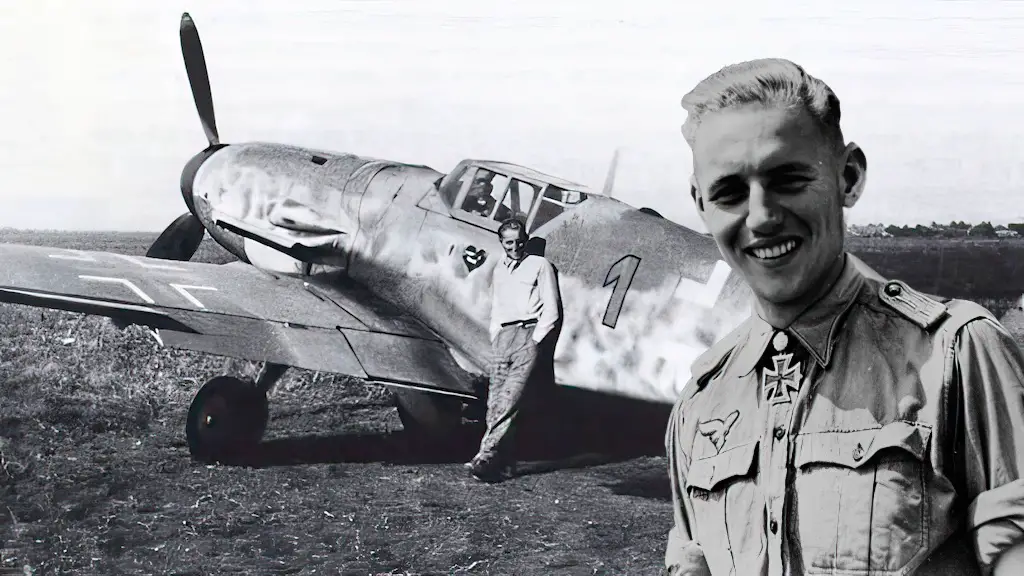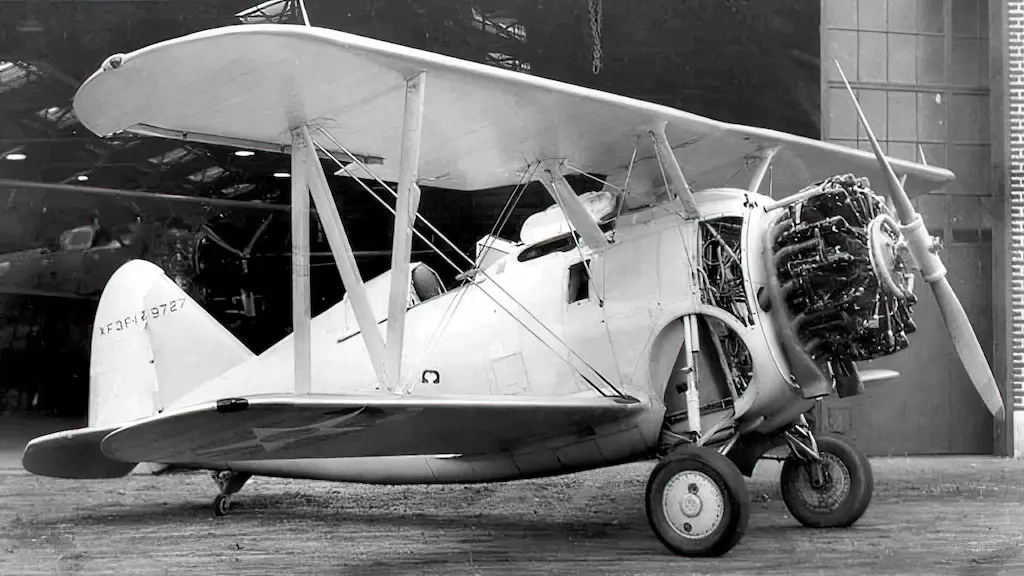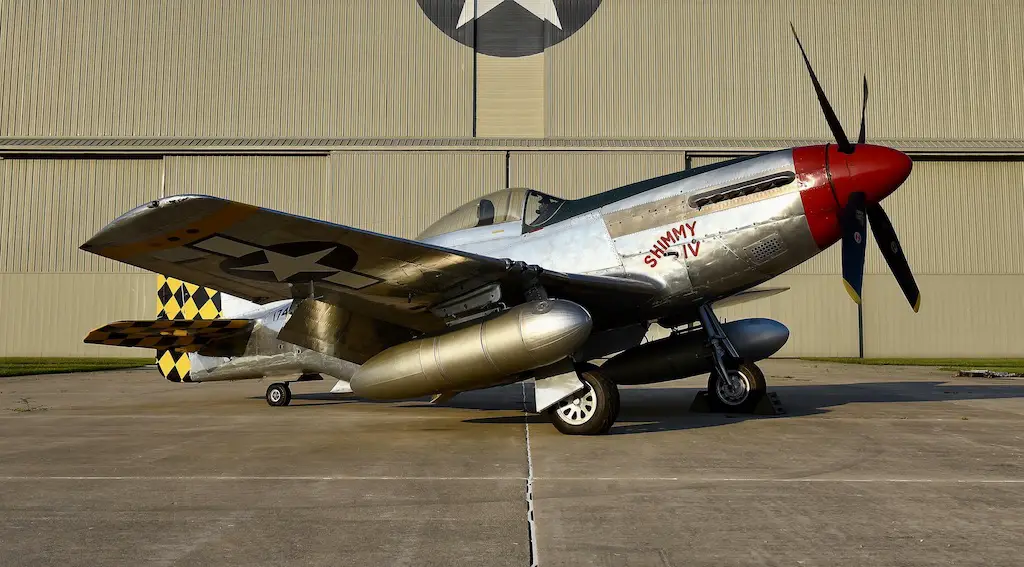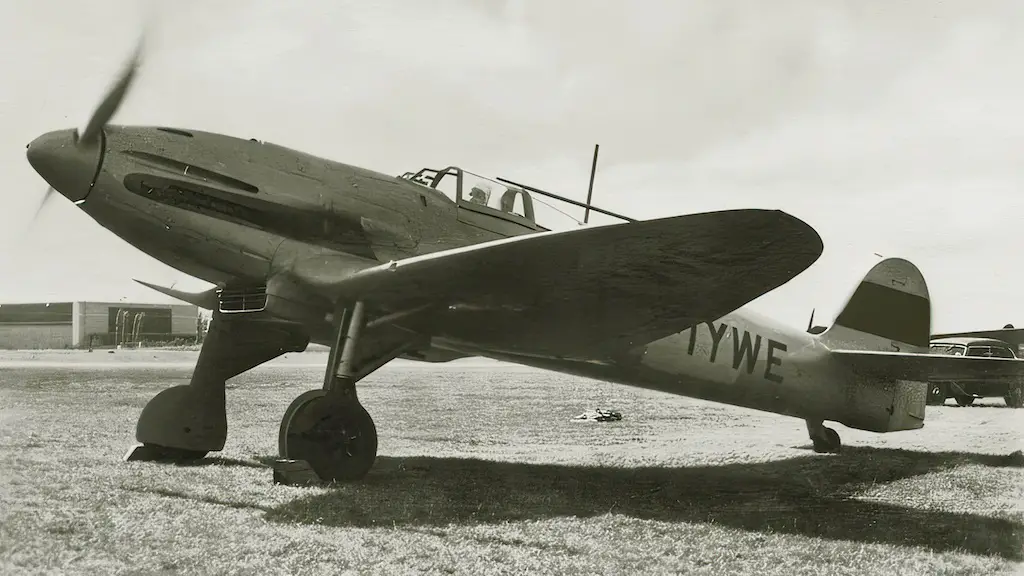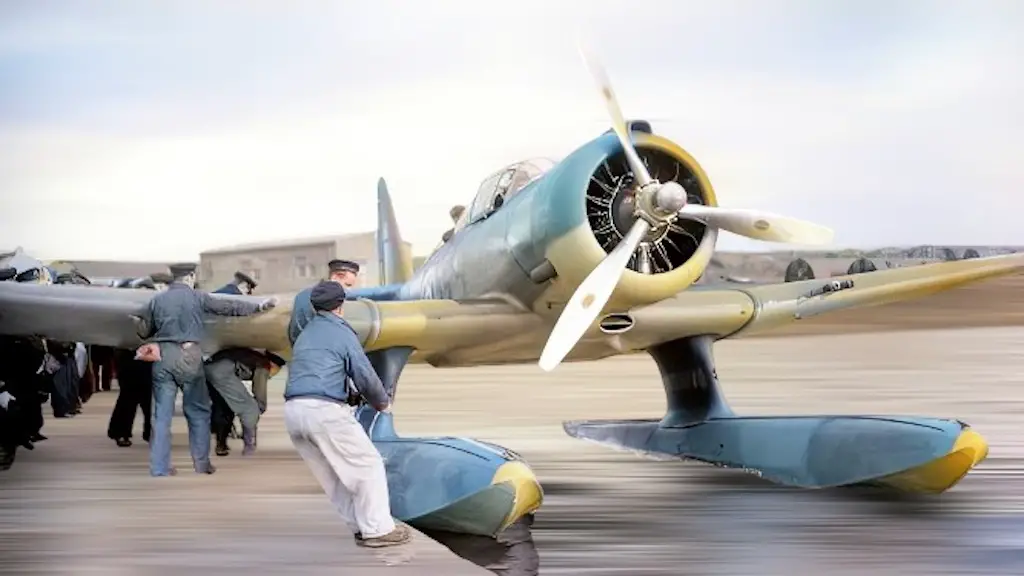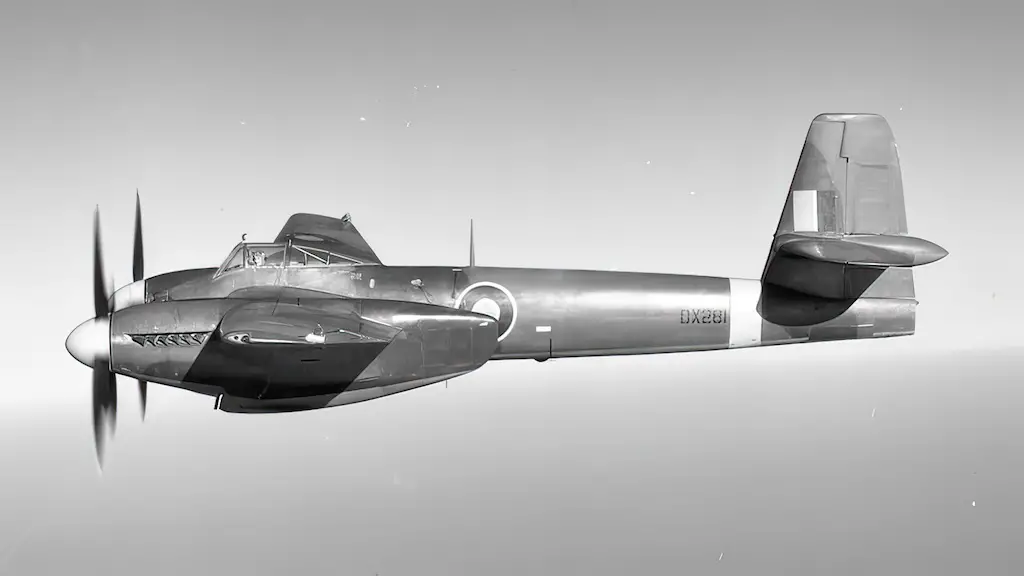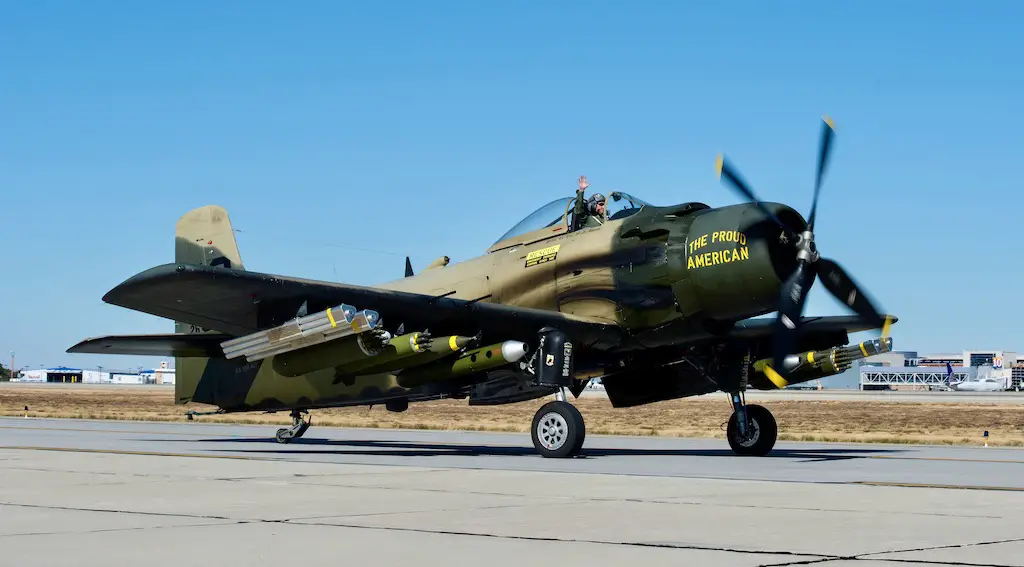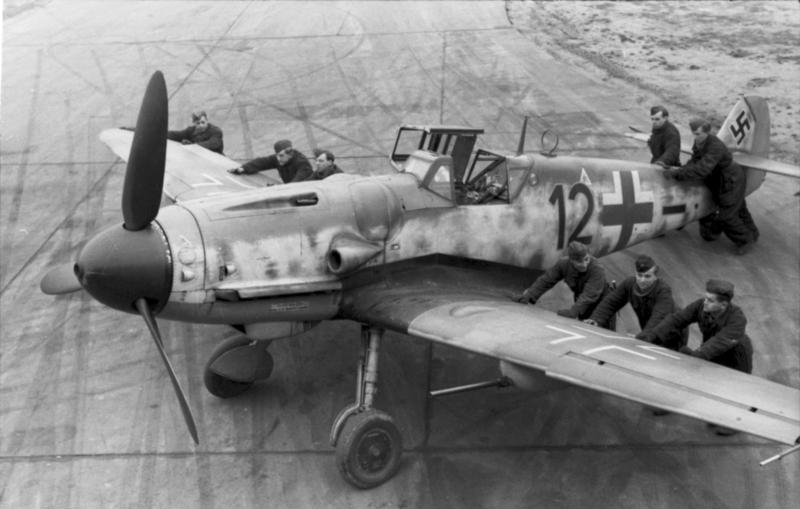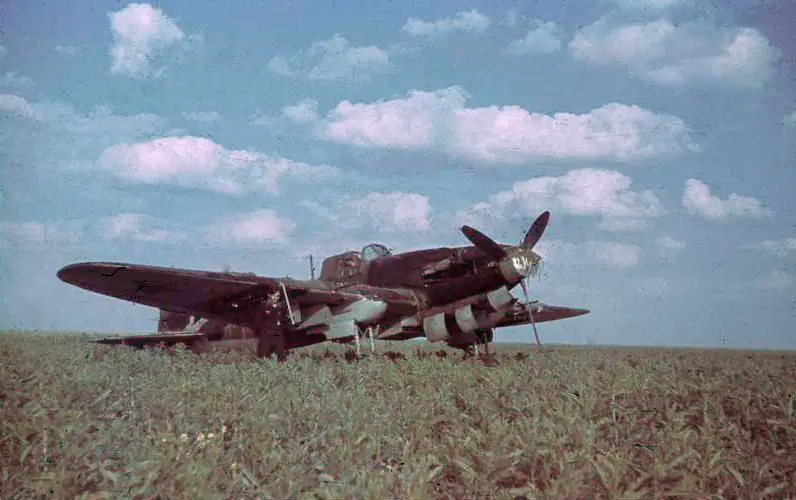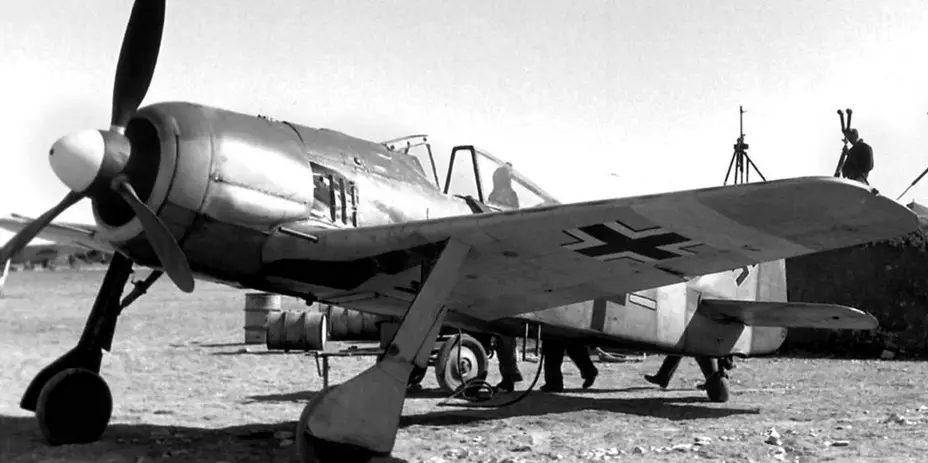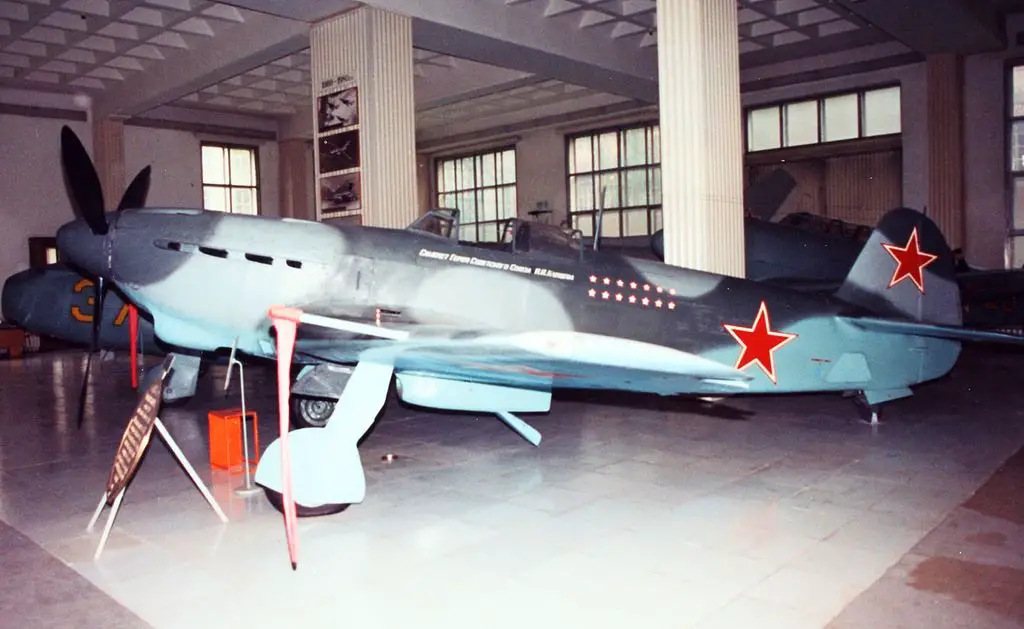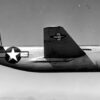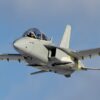During his time as a fighter pilot, Erich “Black Devil” Hartmann was credited with 352 aerial kills, making him the highest-scoring fighter ace in history. As one of the bad guys, his exploits are viewed with a bit less admiration than some of his Allied counterparts. But even if his politics leave something to be desired, there’s no denying that the man could fly a plane like nobody’s business.
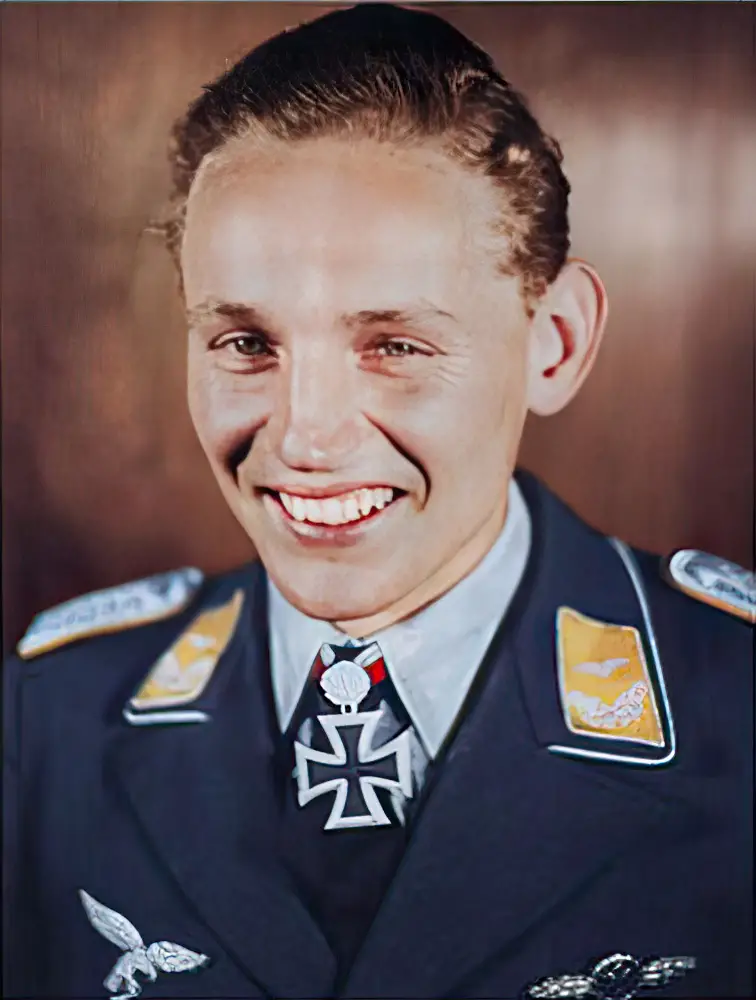
Earning his wings
Erich Hartmann, born in Weissach, Germany on April 19, 1922, grew up in a typical family with a doctor father and a teacher mother. As a child, his interest in aviation sparked, and he nurtured it with his dream to become a pilot. At 15, he started his aviation training with Deutsche Luftsportverband (DLV), which paved the way for his flourishing talent. However, World War II commenced just as he underwent advanced training, interrupting his education.
As the war continued, Hartmann received his call of duty and joined the Luftwaffe in 1940, where he underwent thorough fighter training in Czechoslovakia. There, he mastered flying one of the top-rated single-seat fighter aircraft, the Messerschmitt Bf 109. Hartmann quickly distinguished himself as a fierce and skilled pilot and was assigned to the Jagdgeschwader 52 (JG 52) fighter unit in 1942, which was considered one of the most successful units of the Luftwaffe.
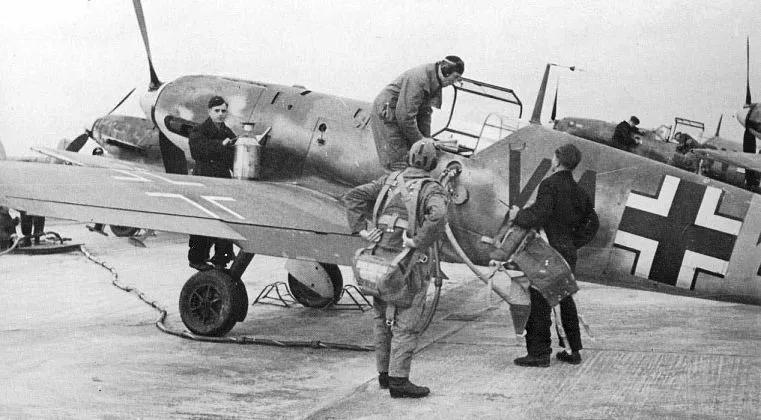
The first kill
On August 24, 1942, during the Battle of Stalingrad, Hartmann took down a Soviet Ilyushin Il-2 ground-attack aircraft while operating a Messerschmitt Bf 109 fighter. Though the Il-2 was imposing with heavy armament and armor, it was weak against attacks from above, enabling Hartmann to achieve his initial kill. This occasion marked a vital point in Hartmann’s career as it showed off his eagerness to fight and proved his ability to take down experienced Soviet pilots. It also established his renown as an aggressive and spirited fighter pilot, and he carried on making his mark in combat up until the remainder of the war.
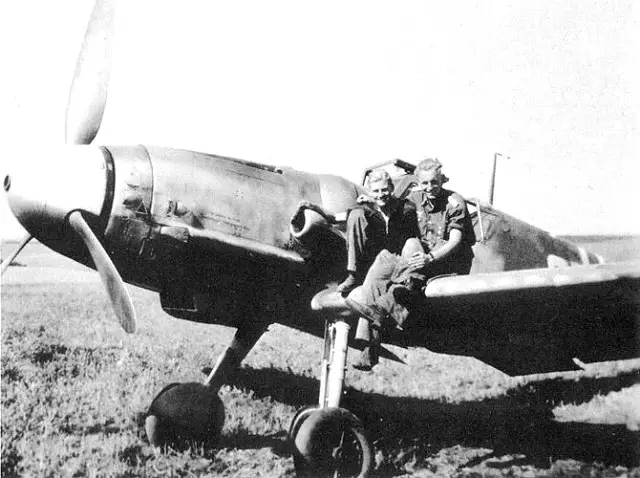
Double ace in a day
On October 7, 1944, Erich Hartmann managed to shoot down 11 enemy aircraft during a single mission. He was in charge of a group of 4 Bf 109 fighters during a patrol mission near the Ukrainian front when they were faced with a large group of Soviet planes. During the fight, Hartmann showed his flying abilities and shot down the aircraft in just 2 passes. His achievement was even more impressive as his airplane was in terrible shape, leaking fuel and had a broken canopy which restricted his visibility. Despite all the difficulties, Hartmann managed to outplay and overpower his opponents, showcasing his unparalleled skills and tactical abilities as a fighter pilot.
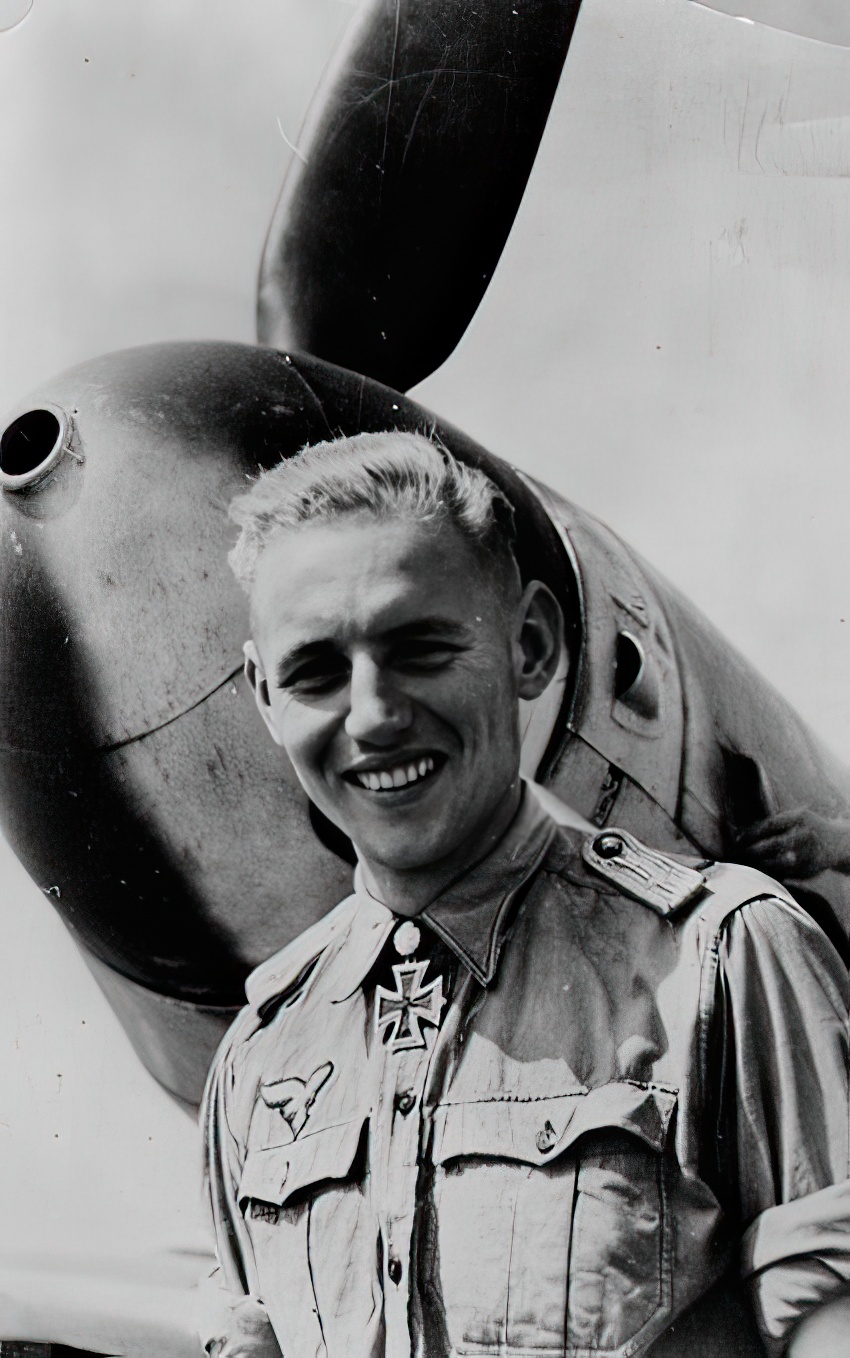
What made Erich Hartmann such a skilled pilot?
Hartmann was an outstanding pilot whose natural talent shone through his exceptional hand-eye coordination and instinctive grasp of aircraft mechanics. Furthermore, his situational awareness allowed him to make quick battlefield assessments and identify advantageous tactical options.
In addition to his innate abilities, Hartmann underwent rigorous Luftwaffe training, which emphasized combat tactics and marksmanship. He spent extensive time training on the advanced Messerschmitt Bf 109 fighter aircraft and honed his skills through simulation exercises and copious hours of practice.
Hartmann’s combat experience was also integral to his success; participating in over 1,400 missions and countless dogfights, each experience providing him valuable insights into the tactics necessary for achievement in aerial combat.
Combat tactics
Erich Hartmann was highly proficient in air combat tactics and created innovative strategies that led to his success as a fighter pilot. A prominent tactic was the finger-four formation, where four planes flew in a diamond shape, with two at a high altitude and two at a lower altitude, covering each other’s blind spots and working together to destroy enemy aircraft.
Energy management was also crucial, with Hartmann controlling the aircraft’s kinetic and potential energy to gain an edge in combat. He would utilize his altitude and velocity to overpower opponents, diving from above and swiftly evading their attacks.
Surprise and deception were other components of Hartmann’s tactics. He would utilize his aircraft’s superior performance for rapid, unforeseen maneuvers, perplexing and confusing opposing pilots. The terrain and position of the sun were also utilized, concealing his movements and attacking with unpredictability.
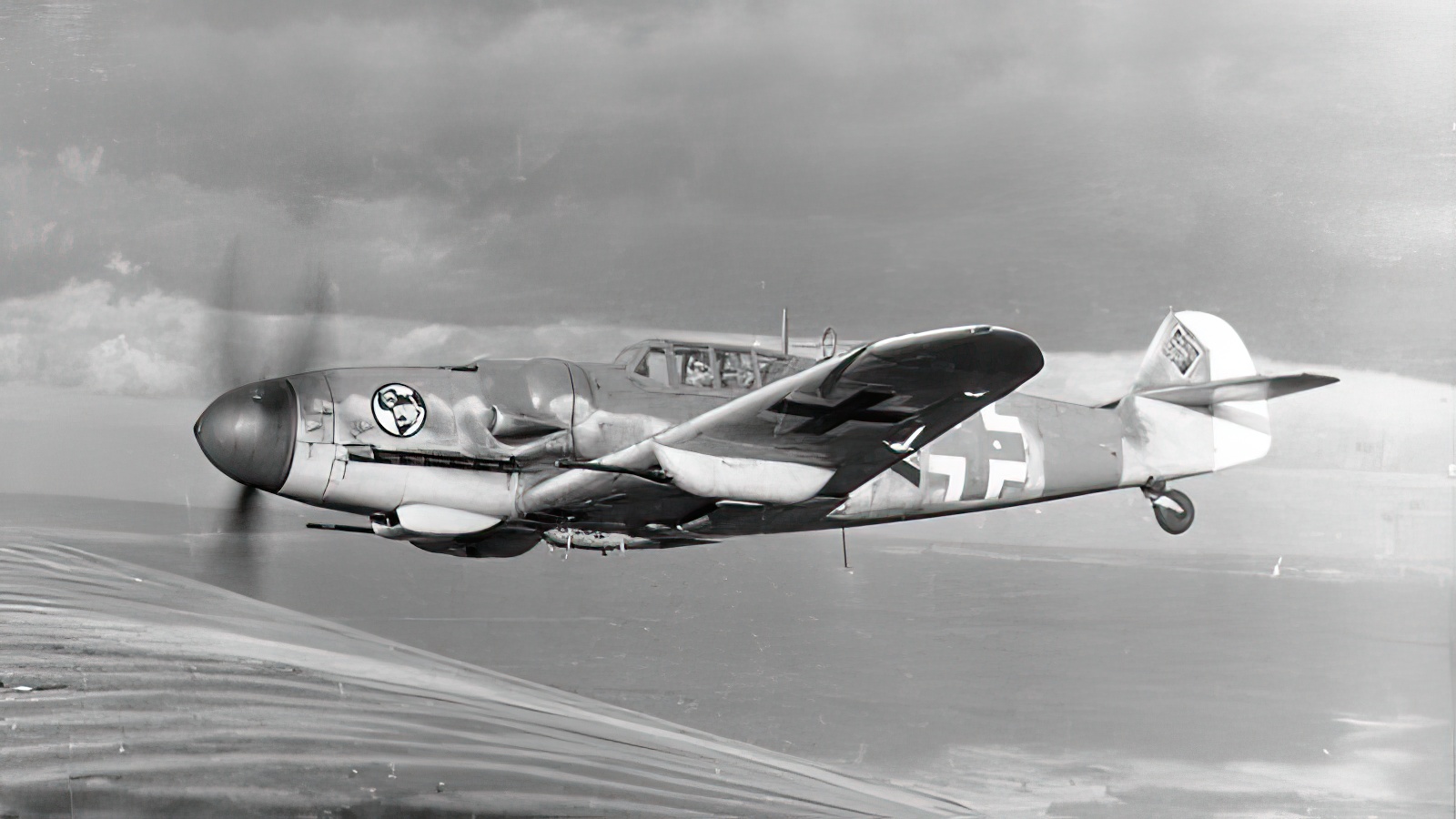
The last battle
On May 8, 1945, Erich Hartmann faced his final combat during World War II. He flew a Focke-Wulf Fw 190 fighter plane alongside other Luftwaffe pilots who aimed to surrender to the US troops. Nevertheless, a pack of Soviet Yak-9 fighters interrupted their plans. During the altercation, Hartmann shot down two of the opponent’s planes before being hit with debris from enemy aircraft and forced to eject from his aircraft. He survived and landed safely behind enemy lines before being apprehended by Soviet forces.
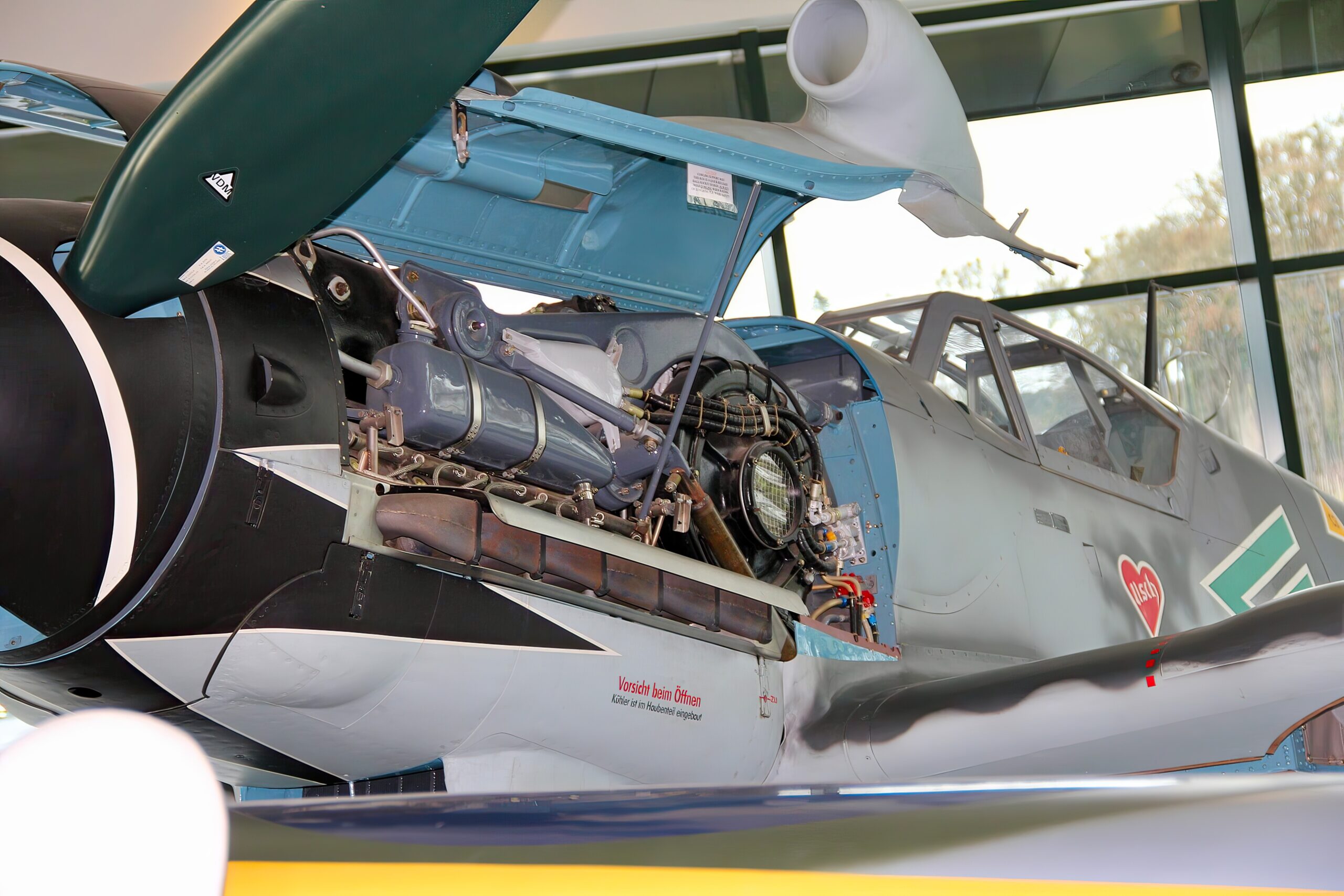
Hartmann returned to Germany and reconnected with his family after his release in 1955. He had an aviation school and became a consultant for multiple aviation corporations thereafter.
Throughout his lifetime, Hartmann always justified himself by stating that he was following orders as a soldier and that his allegiance was to his country and not the system itself. Nevertheless, it’s unquestionable that the role he played as a member of the German war machine was instrumental in the agony and passing of innumerable individuals, and his legacy remains controversial to this day.

